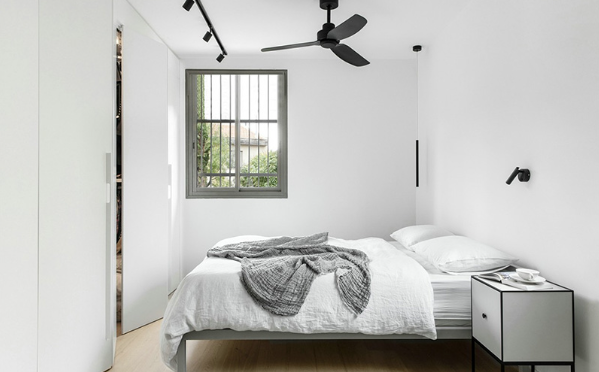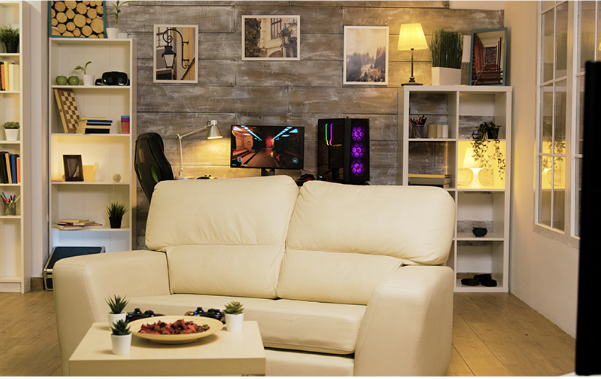Rising energy costs and growing awareness of sustainable living have brought ceiling fans back into focus. They use significantly less electricity than air-conditioning units and can help circulate cool air more effectively when paired with air-conditioners. A well-positioned ceiling fan reduces the need to keep an aircon running at full blast, particularly in transitional seasons or during evenings. By shifting to fan usage during mild weather, households lower their energy bills without sacrificing comfort. This efficiency makes fans a practical investment in any climate-conscious home.
Affordability of Installation and Maintenance
Installation of ceiling fan costs remain relatively low, especially when weighed against long-term savings on cooling expenses. Most homes already have ceiling points that can be adapted for fan installation with minimal wiring. Once installed, maintenance is straightforward. Blades can be cleaned periodically, and motors are designed to run efficiently over long periods. This low-maintenance nature supports long-term reliability without frequent replacement. Homeowners upgrading cooling ventilations without overhauling electrical systems or increasing power consumption find ceiling fan installation a worthwhile option.
Year-round functionality with Reverse Settings
Models have a function that reverses the changes of the blades. This pulls warm air down during colder months, helping to maintain indoor temperature without cranking up the heater.
Whether circulating cool air or redistributing warmth, the fan supports climate control while maintaining a low environmental footprint.
Streamlined Aesthetics with New Designs
Gone are the bulky, outdated ceiling fans of the past. Today’s fans come in slim profiles, muted colours, and clean finishes that complement various interior styles. Whether mounted in a minimalist flat or a rustic-inspired living room, the fan becomes part of the decor rather than an afterthought. Design considerations have become a significant factor in the popularity of ceiling fans. They are no longer purely functional; they also serve as subtle statement pieces. Blades are often sculpted for elegance, and finishes range from matte black to natural wood tones—blending comfort with aesthetic appeal.
Zoning and Comfort in Open Layouts
Ceiling fans help define areas in open-plan spaces without constructing physical boundaries. By installing fans above dining areas, living zones, or home offices, each space receives targeted air movement while visually anchoring it within the layout. This approach is particularly effective in homes with limited airflow or limited window placement. The circulation created by a fan can dramatically improve air freshness, even in deep interior zones that receive ventilation.
Easy Integration with Smart Controls
The installations from furnishing companies now allow for remote control, mobile app operation, or voice command compatibility. This integration increases user convenience while reducing the need for wall switches or manual chains. Users can schedule fan operation, control speed, or adjust direction without leaving their seats. It’s a seamless upgrade that improves the comfort of everyday routines.
Quiet Performance for Daily Living
One advantage of recent advancements in fan design is noise reduction. Earlier models were known for their hum or mechanical sounds. Motors function with silent motors with higher speeds. This improvement means ceiling fans can be installed in bedrooms, nurseries, or study corners without affecting rest or concentration. Silent performance is crucial in compact homes where one room serves multiple functions and disruptions need to be minimised.
Supporting Healthier Indoor Environments
Ceiling fans support better air quality by keeping indoor air in motion. Stagnant air encourages dust build-up and discomfort, especially in humid environments. A ceiling fan keeps airflow consistent, which reduces stuffiness and may help with odour dispersion. Fans also work well with air purifiers or dehumidifiers, ensuring better indoor air conditions. For households with children or elderly members, improving air quality without overcooling becomes a key health consideration.











